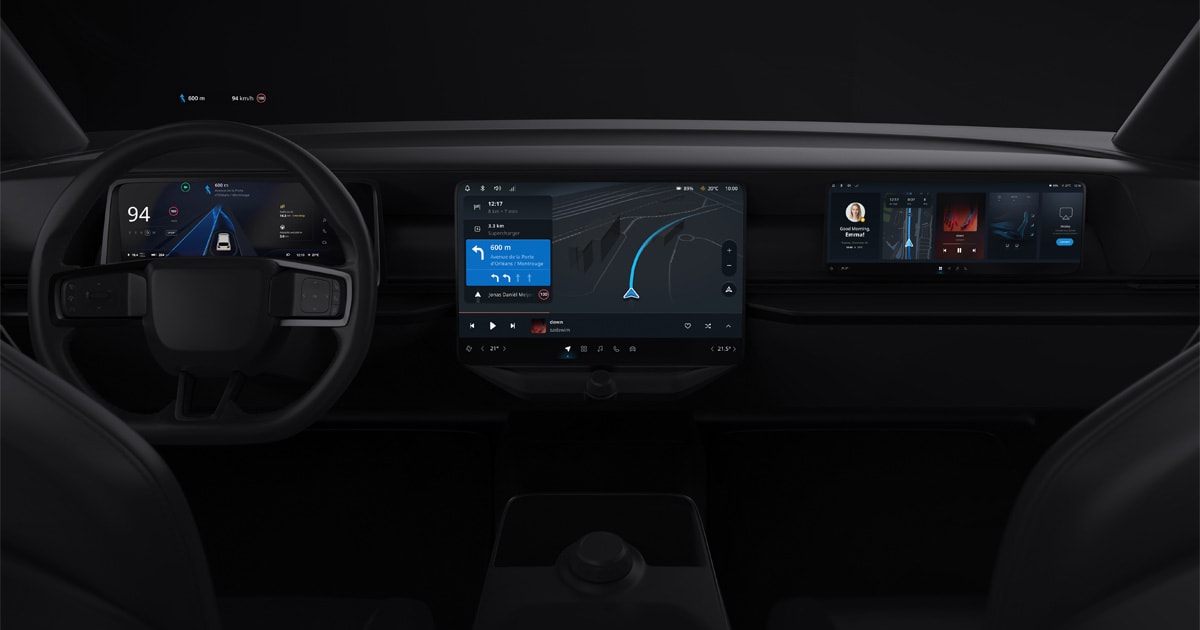
As technology evolves, driving is expanding into an experience that engages not only the driver, but also the passengers. The key to making this experience great lies in the digital cockpit. We attended TomTom's latest webinar, where we saw a panel of experts discuss new and developing visualization technologies that seem set to bring this experience to everyone in the vehicle.
Making a car’s infotainment system is a complicated process. And making one that’s effective and safe to use is even more so. It's a constant challenge involving automotive UX designers, integrators and carmakers, who must explore the latest tech, test its value in the digital cockpit and develop new tools, while also keeping costs in check. There are many considerations they need to make along the way.
In the recent webinar, automotive UX experts from TomTom discussed the latest trends in the space, the challenges they pose for both designers and carmakers and their role in creating driving experiences of the future.
TomTom’s experts were joined by special guests from the Qt Company (a global software company that helps carmakers build digital cockpits with its cross-platform HMI design and development framework) and Strategy Analytics (a global leader in supporting companies across their planning lifecycle with domain expertise in smart devices and connected, electrified, shared and automated cars). Here’s what we learned.
"Too many screens"
TomTom Principal UX Designer Drew Meehan stated how, in recent years, we’ve been seeing “infinite variations of screens in the car” — be it on the cluster, the dash, in front of the driver or on the front headrests for those in the back.
Not just this, there are significant variations in screen configurations within the same car brand. Taking the Mercedes Hyperscreen as an example — a full-dash panel with a pair of 12.3-inch displays — it’s a standout feature in the 2022 Mercedes-Benz EQS sedan, but an incredibly complex proposition for designers and carmakers.
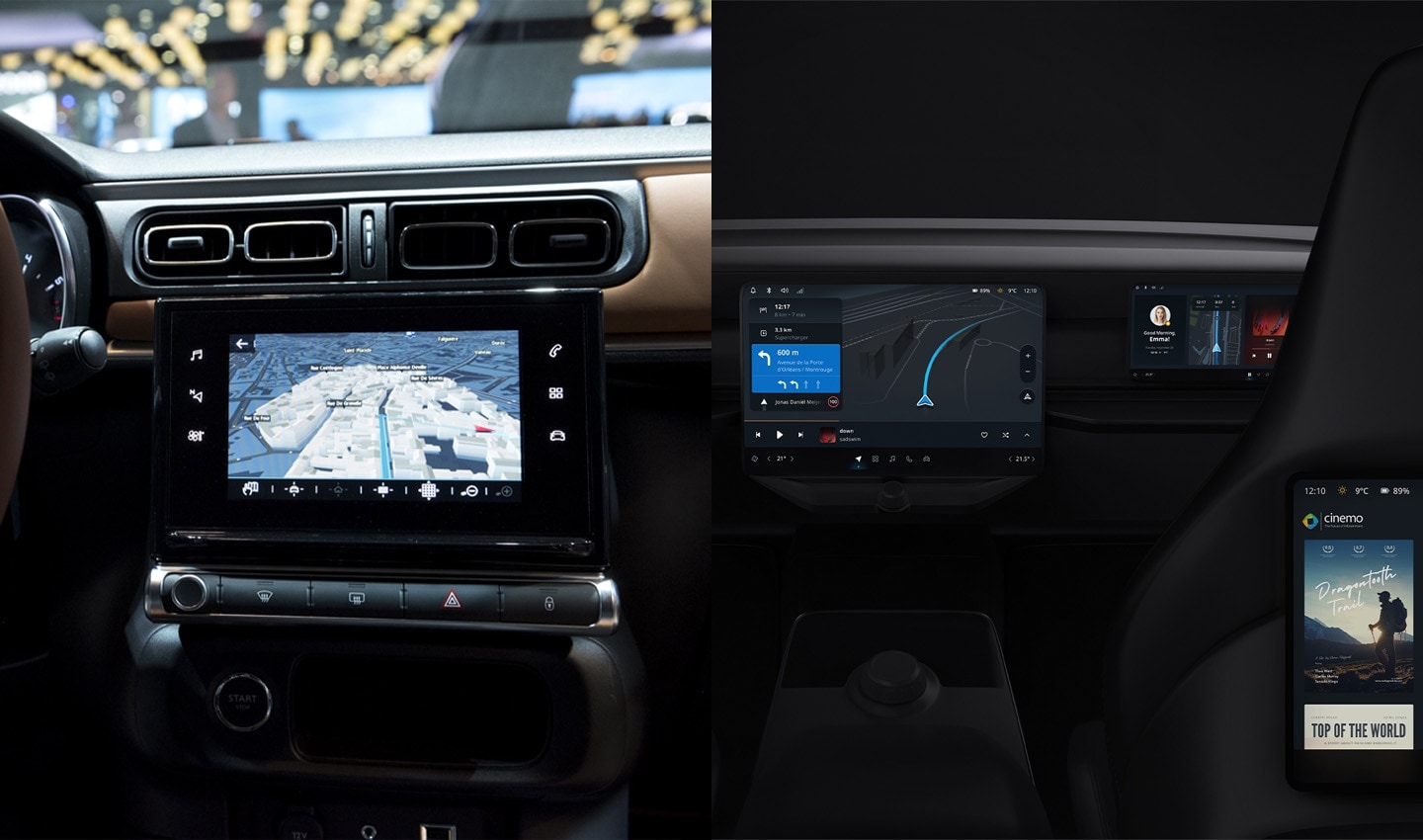
In recent years, the number of screens in the car has increased significantly, with more screens being installed not just in-dash but also on the front headrests for those in the back.
"Designing for that sort of diversity of screens and even multi-modal controls — hand controls versus touch versus voice — creates a complexity that I don't think we've ever had to deal with before," said Meehan. That’s why he thinks some designers are already beginning to resist adding any more screens to cars in favor of a more minimalist approach.
But while the shift towards screens is challenging for designers, it might only be natural for future generations of drivers, according to Jason Maan, Technical Artist (UI/UX) at The Qt Company. "They're way more comfortable interfacing key features through a screen rather than physical knobs and buttons, which is something we need to keep in mind when it comes to our design elements."
It seems screens in our cars are here to stay, but we’re only just starting to understand how to use them.
Bringing UI to life
When asked about upcoming trends in automotive design, Maan talked about the rising customer demand for 3D elements in vehicle user interfaces (UI). While designers can already add richer visuals to the UI, the challenge comes with the hardware required to render 3D graphics, be they images of traffic or map visuals.
"At Qt, we work with embedded hardware. And every company wants the highest quality images for the cheapest hardware possible. So, making sure that those high-image, high-fidelity assets can perform properly even on cheaper hardware is definitely a challenge," he said.
Another trend often associated with cars of the future, but already being seen in today’s cars, is the use of wearables to add to the driving experience.
"Wearables are the future of driving," said TomTom UX Concepts Team Lead Paul Schouten. He thinks that if people are willing to put on a piece of technology such as glasses or watches that connect them to their vehicle, it could make for a much more seamless experience.
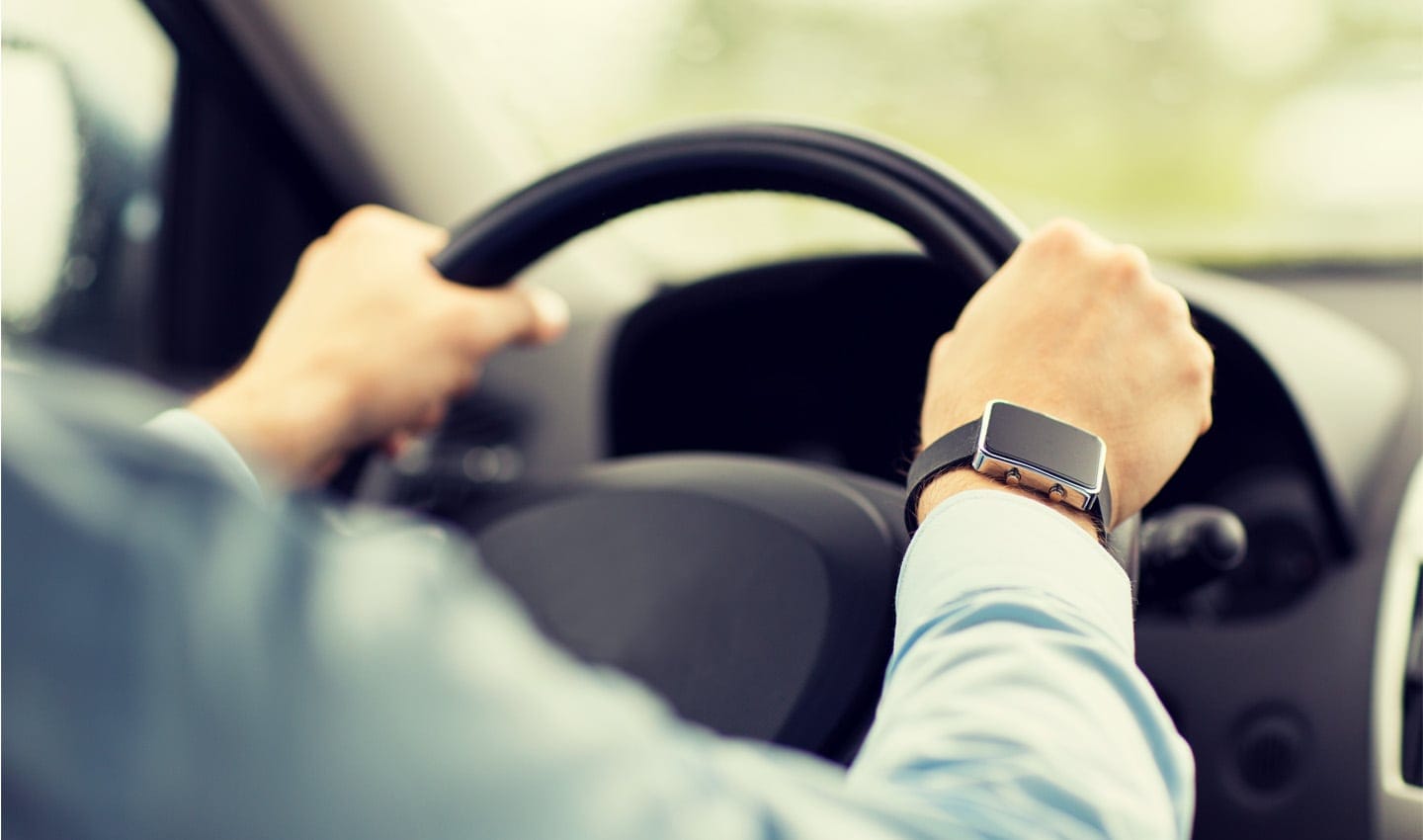
Wearables like smartwatches could help drivers connect more deeply with their cars and expand the scope of driving.
While wearables like smartwatches are already being used to unlock cars, carmakers are researching how they can aid driver-assist technologies. One of many potential integrations could allow the car to connect more deeply with the driver, making driving safer. By using biometric data, for example, the car could sense when the driver was stressed or tired, and the navigation system could suggest them a more scenic route, or they could be alerted about the risk of events such as seizures or strokes.
Drivers care for their cars in many ways, but imagine having a car that cares for you in return.
Designing driver-centric digital cockpits
Throughout discussions, one concern that came up repeatedly was how we need to approach these trends with drivers in mind – even if that seems obvious.
When introducing screens into the digital cockpit, Chris Schreiner, Director of UX Innovation Practice at Strategy Analytics, said that the challenge for designers also came with deciding "what information is displayed where, and how it’s presented without cluttering the display and overloading the driver with information."
Any new technology, be it wearables or AR, is exciting for designers to work with, but the panel universally agreed that what matters at the end of the day is how the design aids drivers.
"It's not just about adding features or adding visuals just so you can see them. It's about adding value through improvements in the hardware and the visualizations, and focusing on how drivers can benefit through them," said Meehan.
To address this, Maan recommends a simple approach. "Especially when dealing with safety critical elements, you need information to be prominently displayed on the screen. So even when we're dealing with 3D assets, we’d rather do a stylized version than going all out on a (high-polygon) 3D model."
Of course, this helps with the hardware issue as well — shorter run times, lower cost and higher scope for designers to creatively solve driver issues. It’s a win-win for carmakers.
Where carmakers come in
In order to design futuristic driving experiences, carmakers need to maintain a long-term perspective. Schreiner admitted that it’s a bit of a struggle at the moment with carmakers wanting to drive vehicle costs down but provide the ultimate user experience at the same time.
"While I have seen some improvement in the way that OEMs are organizing themselves to do this, there’s a long way to go in order to create that kind of holistic experience that gets everybody on board."
According to Meehan, this is going to be a perpetual struggle, with the technological demands of new features like over-the-air (OTA) updates creating the need for dynamic, future-proof hardware. "As additional features make their way into the car, the hardware needs to be functional not just today, but also 10 plus years down the line. Otherwise, the vehicle will have no resale value either."
Accommodating these considerations is always going to be a compromise between designers and carmakers. "I think OEMs are showing some willingness to raise the hardware game and future-proof the vehicles a bit. But it’s never going to be at the same level as designers want it to be. There’s always going to be a back and forth," he said.
But it’s not just lower costs that carmakers want from the digital cockpit, it’s also a driving experience that brings their brand to life, which is why, according to Meehan and Schreiner, the recent CarPlay announcement was so contentious.
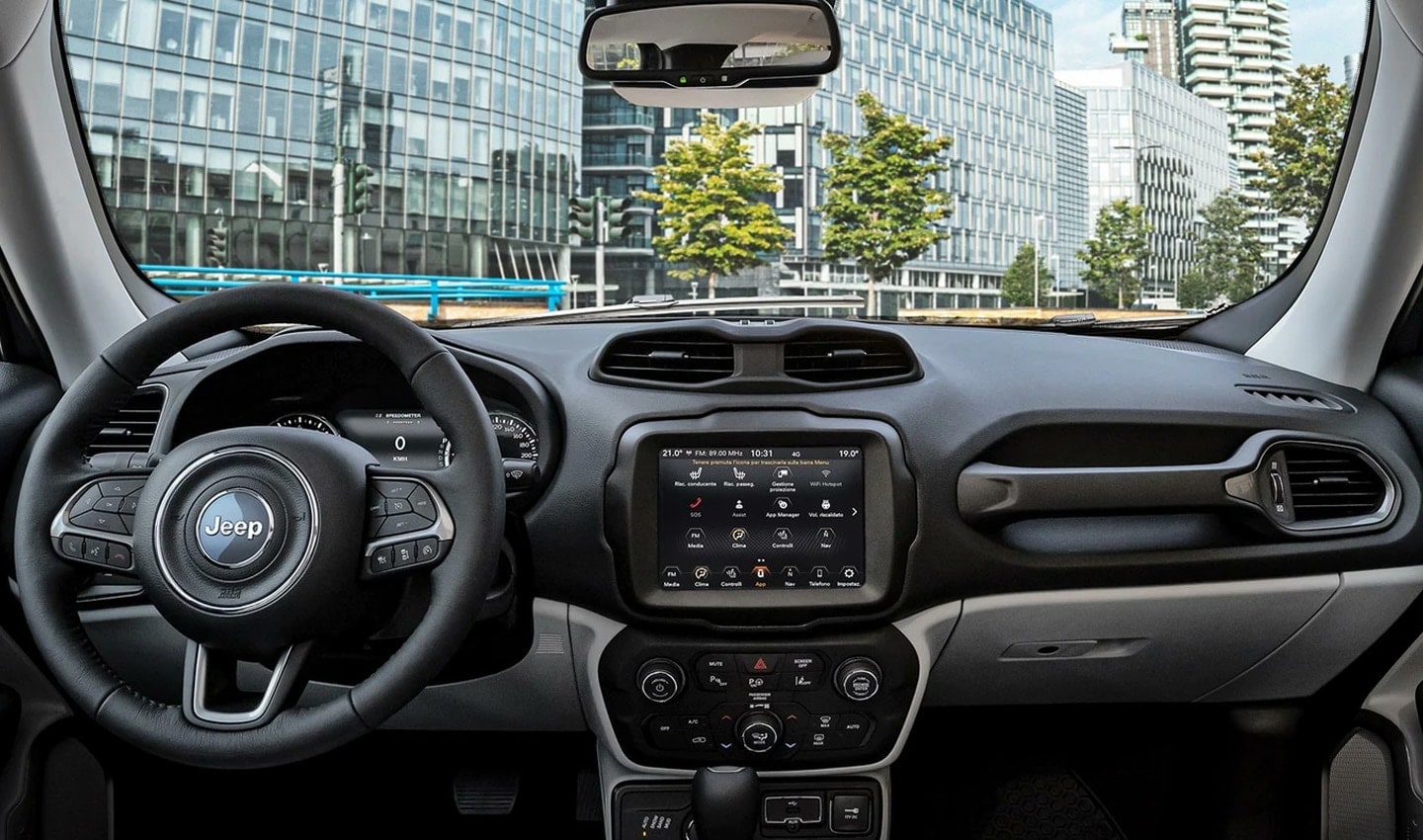
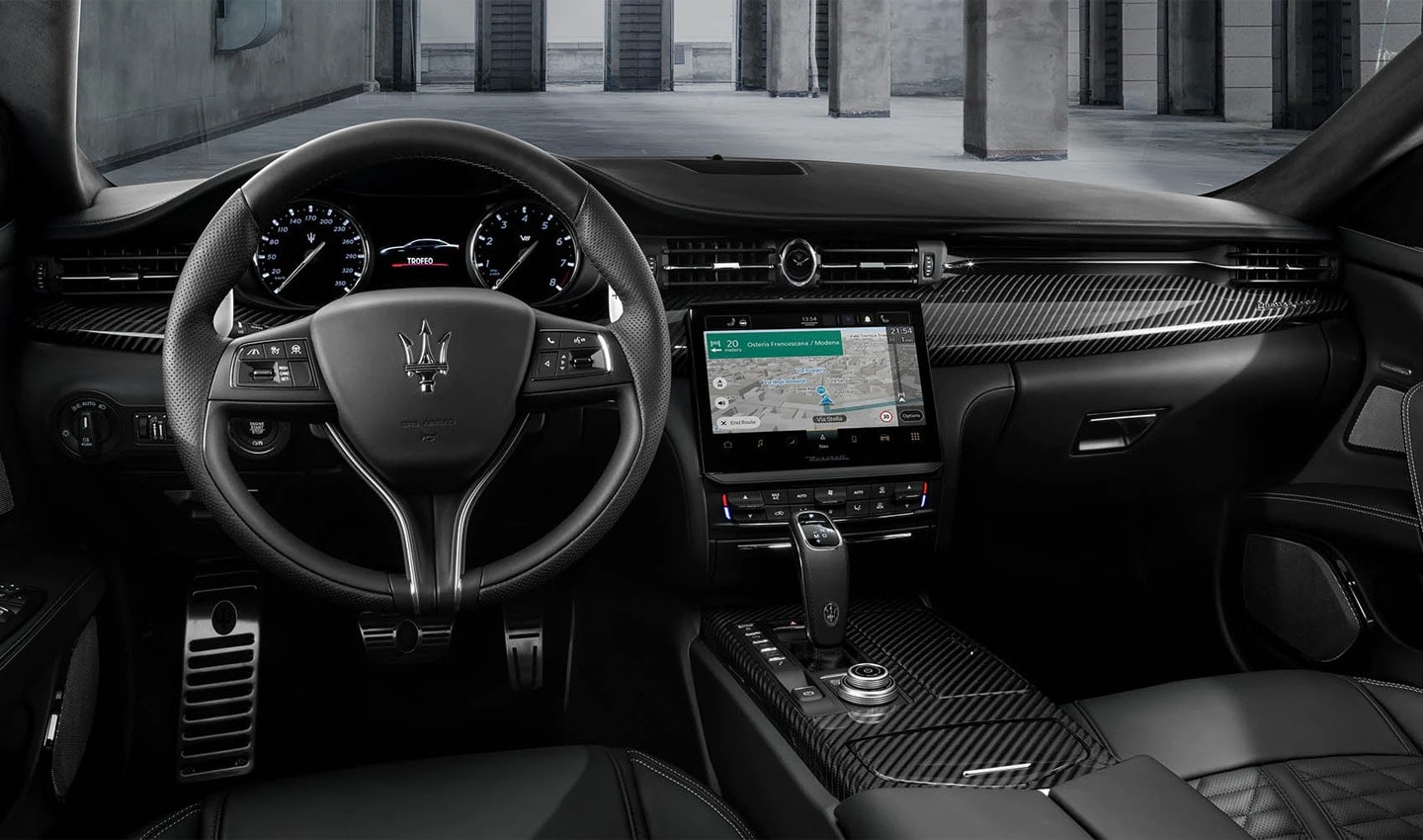
Despite sharing a parent company, Jeep and Maserati aim to offer driving experiences that are very different from each other.
"Car purchases are emotional decisions. Take a Jeep and a Maserati — same parent company, but there are very different reasons for someone buying those cars, and that’s the experience carmakers want to convey through their unique digital cockpits as well," said Meehan.
"But CarPlay is the exact opposite. It's taking all of that away and creating a third party — effectively, it's the emotional connection to your phone that you're bringing into your car. I’m not sure whether they can create that holistic experience across the car because the car is a very unique environment."
Schreiner also highlighted the volatility of connection and safety concerns that come with trusting a third party with safety-critical features.
What the panelists expect carmakers to go for instead is a holistic driving experience that is consistent with their brand and unique from others.
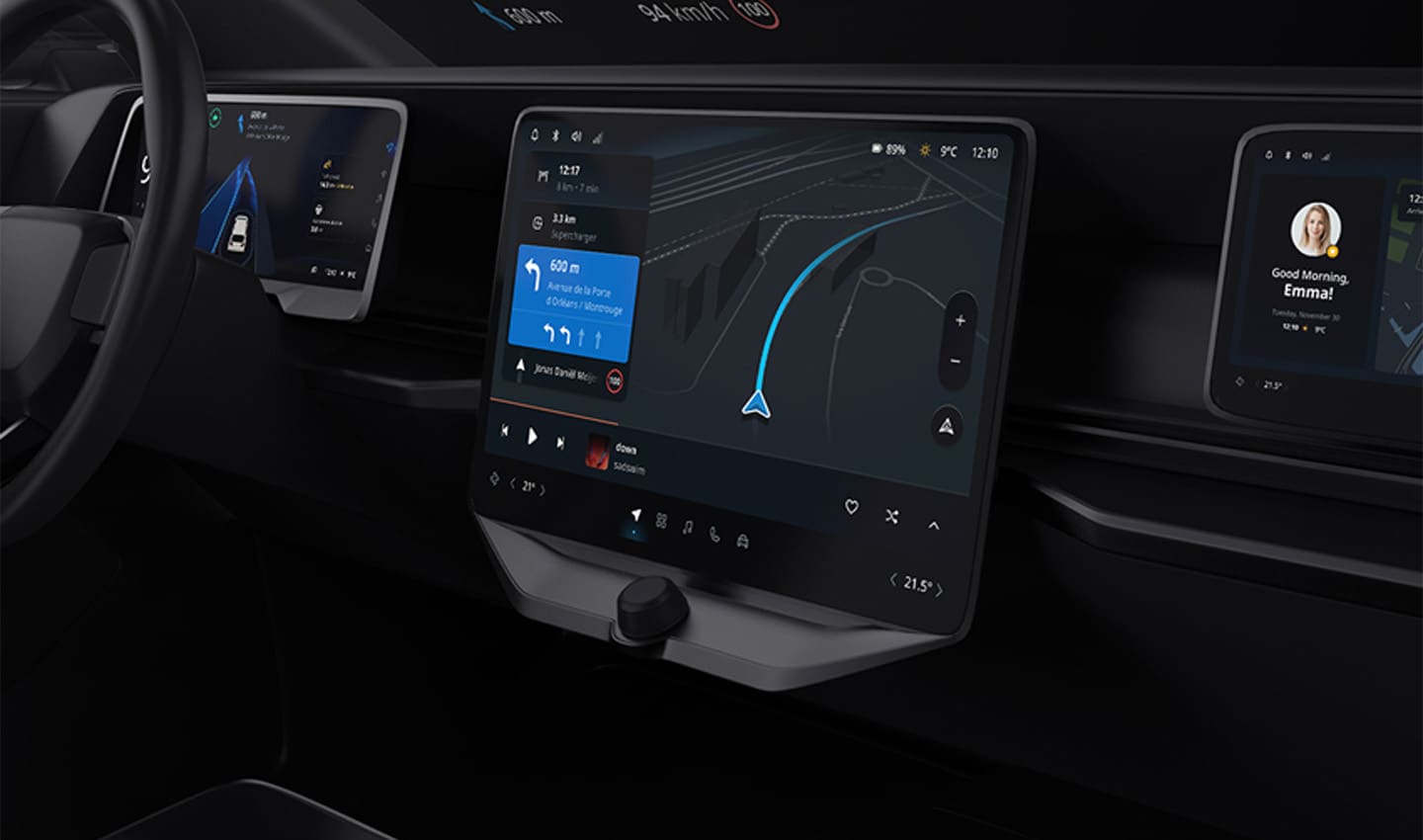
TomTom Digital Cockpit was designed to allow carmakers to customize the user experience and make it reminiscent of their brand.
"That’s why we're trying to unify this user experience across all screens in the car. We’re also looking into maintaining consistency throughout the look and feel. For example, if different levels of information are communicated to the driver using different hues of the same color, it is customizable according to the brand but also reduces cognitive load on the driver," said Christina Yu-Ting Wang, TomTom Senior UX Designer who worked on TomTom’s recently launched digital cockpit platform.
The road ahead
The panel ended by sharing what the future of driving looks like to them.
Roc Erjavec, VP Software Engineering at TomTom Map Visualization, advocated for upgradeable hardware in cars. "I want to be able to plug my PC into the car and take it from there."
But if that notion seems too farfetched, Schreiner suggests other ways to upgrade hardware, such as subscription models. "Our research shows that a lot of consumers are very open to subscription models or vehicle packages, that would maybe give them additional range on their EV, or a range of additional features from safety to infotainment."
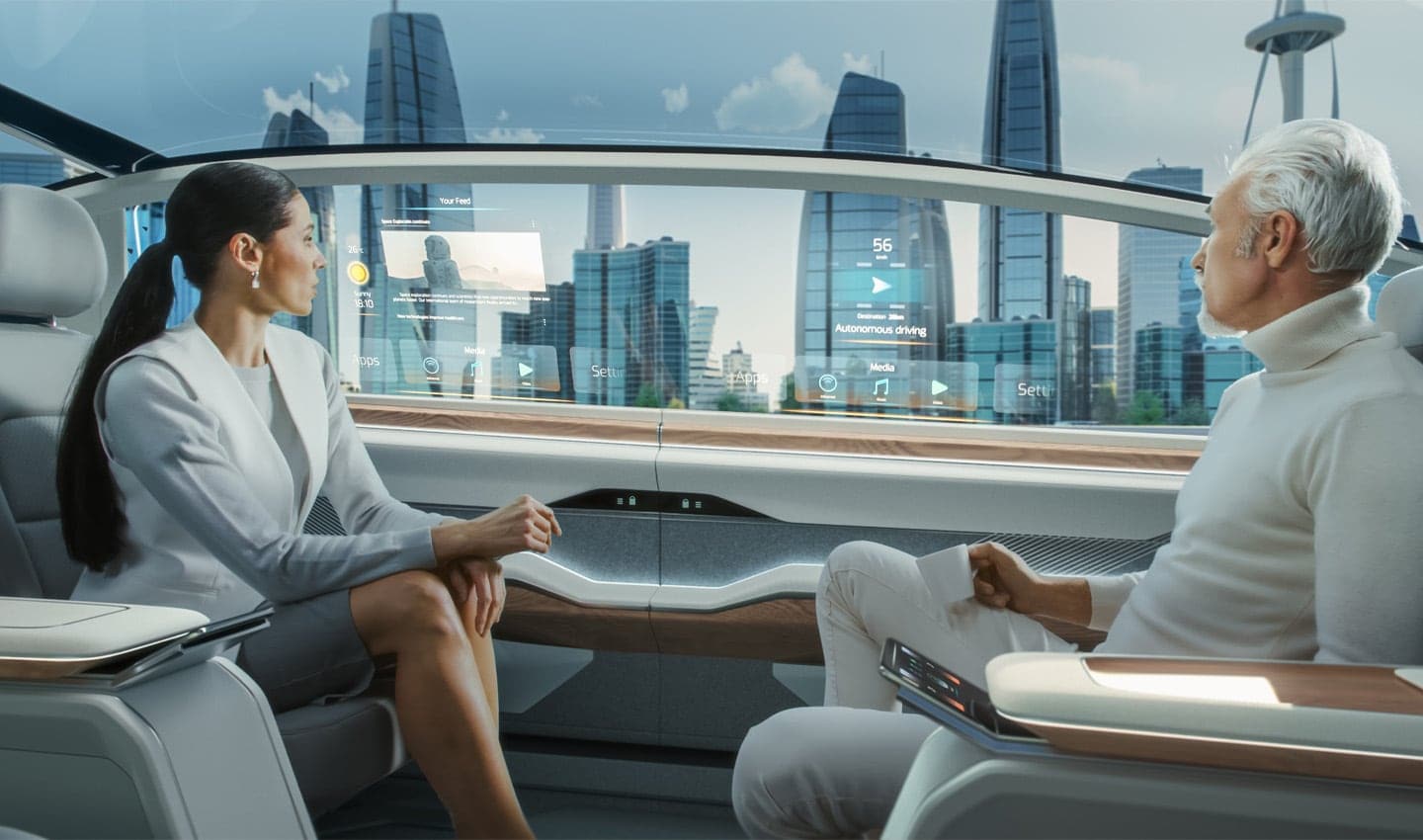
In the future, Maan hopes in-vehicle experiences can go beyond driving and involve other activities.
With the promise of autonomous vehicles, Maan sees in-vehicle experiences expanding to fit activities other than driving. "I see this transition creating a whole new meaning of in-cockpit experience. I hate the daily commute, so maybe I could be doing something other than staring at the taillights of other cars. Maybe I could be in VR, playing a game? Or turning my seat around and having a conversation or a meal."
Whether the future holds more cars that drive themselves or we’re connecting with vehicles through smartwatches, one thing became clear to us: no matter the level of new technology, the end goal is to create a great user experience, which according to Meehan means making drivers’ lives better, simpler and safer.
"People’s connection with their cars is very unique and strengthening that will improve the user experience. If OEMs don’t do that, CarPlay will. But I do think that OEMs understand their users and their cars and the way they use those cars in a way that plug-in applications are unlikely to."
October 21, 2022, 06:30 UTC.This article has been updated to reflect the new name of TomTom’s in-vehicle infotainment platform. It is now called TomTom Digital Cockpit.People also read
)
That Apple CarPlay update has us asking all the right questions
)
Bosch’s infotainment domain computer is powerful brain for digital cockpits of the future
)
Say hello to TomTom Digital Cockpit, the new way to build digital cockpits
* Required field. By submitting your contact details to TomTom, you agree that we can contact you about marketing offers, newsletters, or to invite you to webinars and events. We could further personalize the content that you receive via cookies. You can unsubscribe at any time by the link included in our emails. Review our privacy policy. You can also browse our newsletter archive here.
)